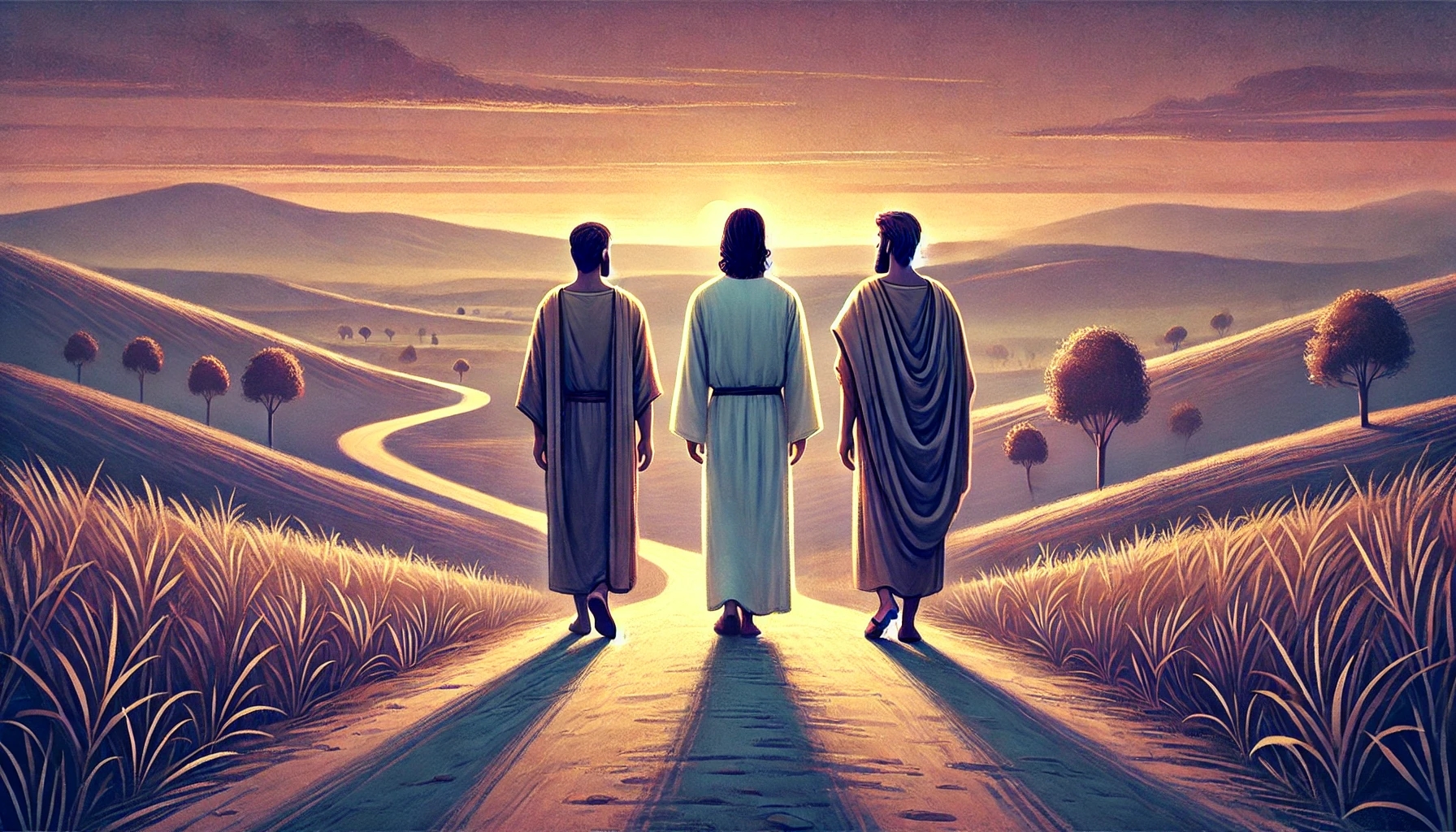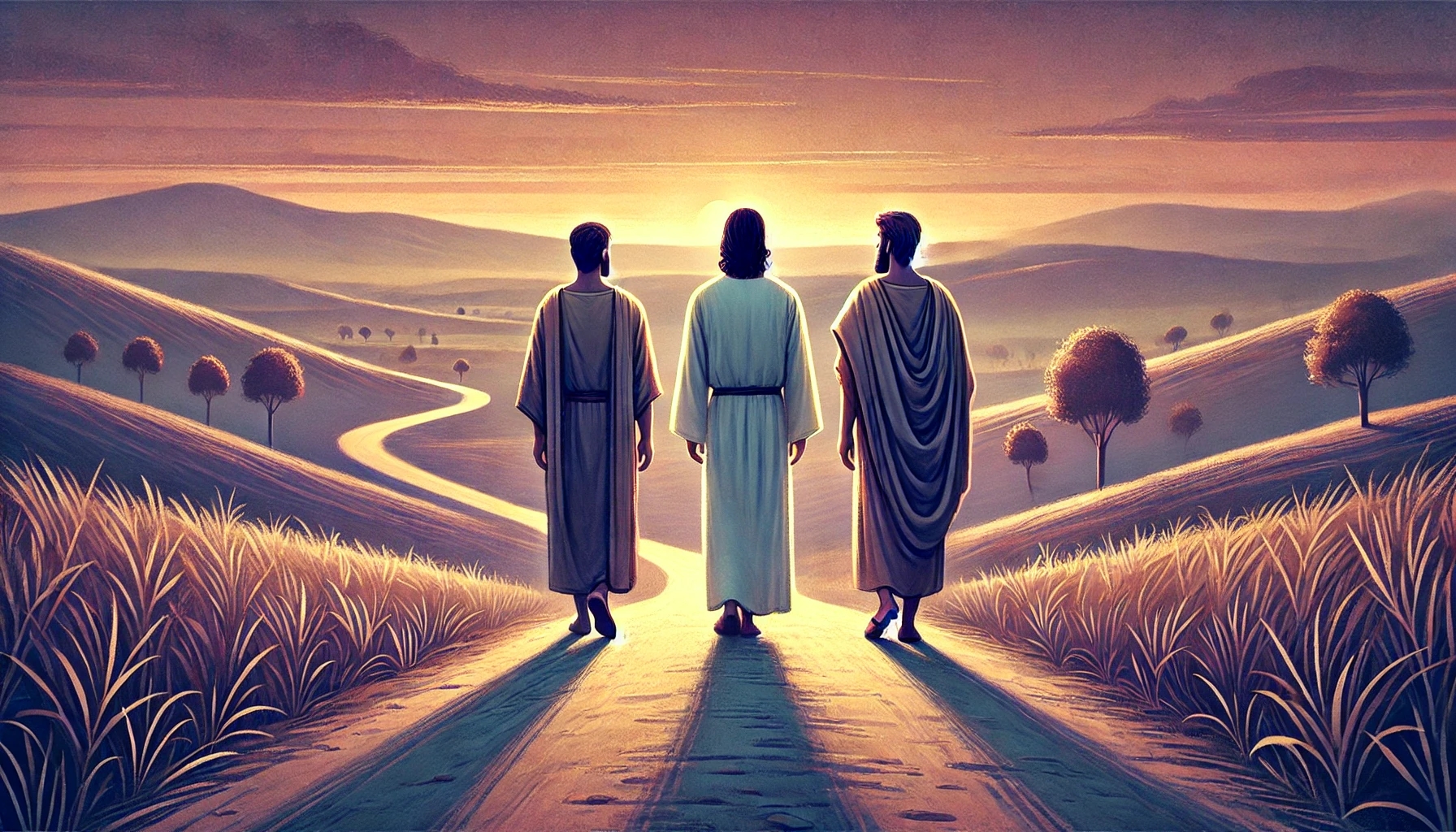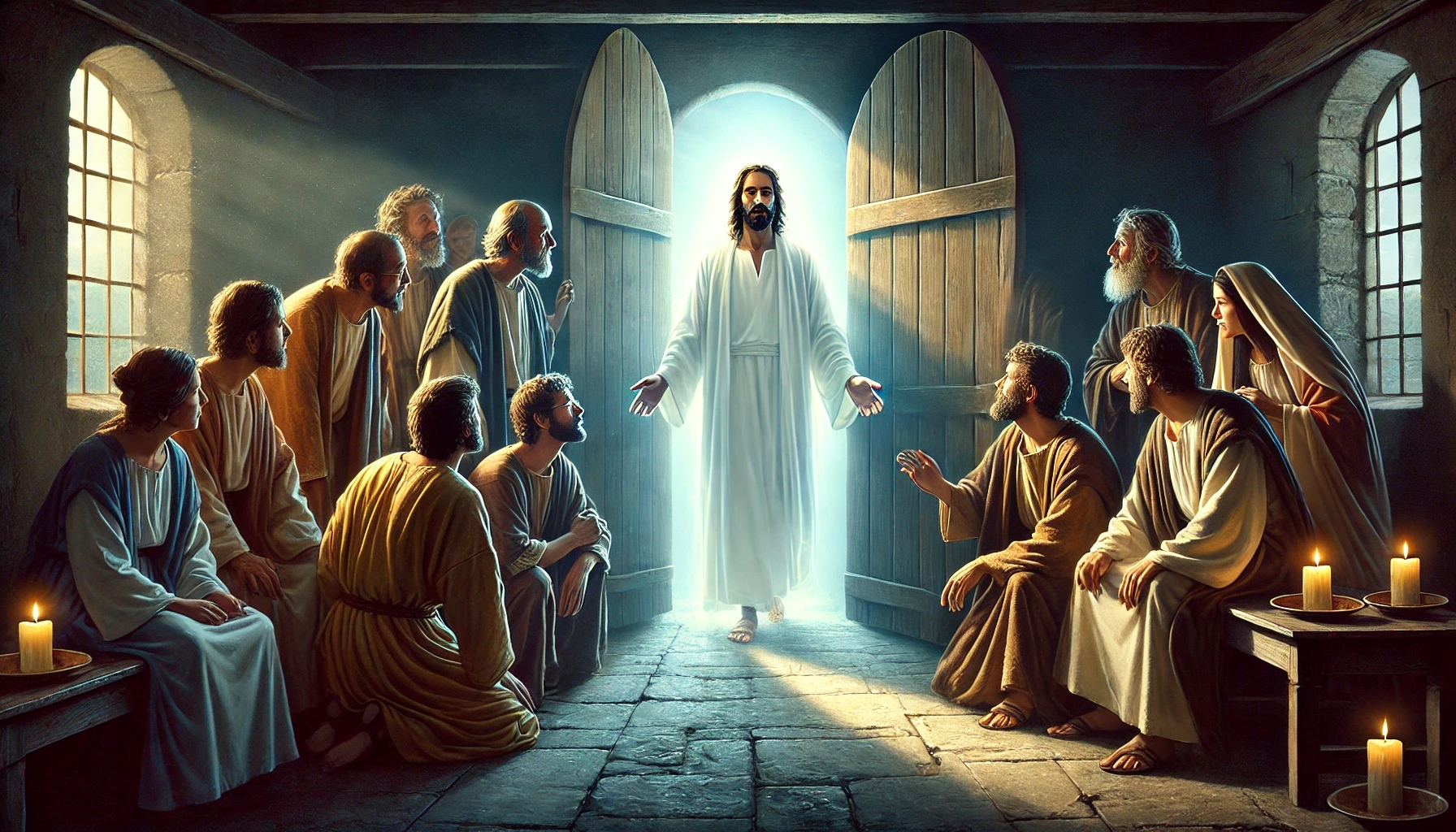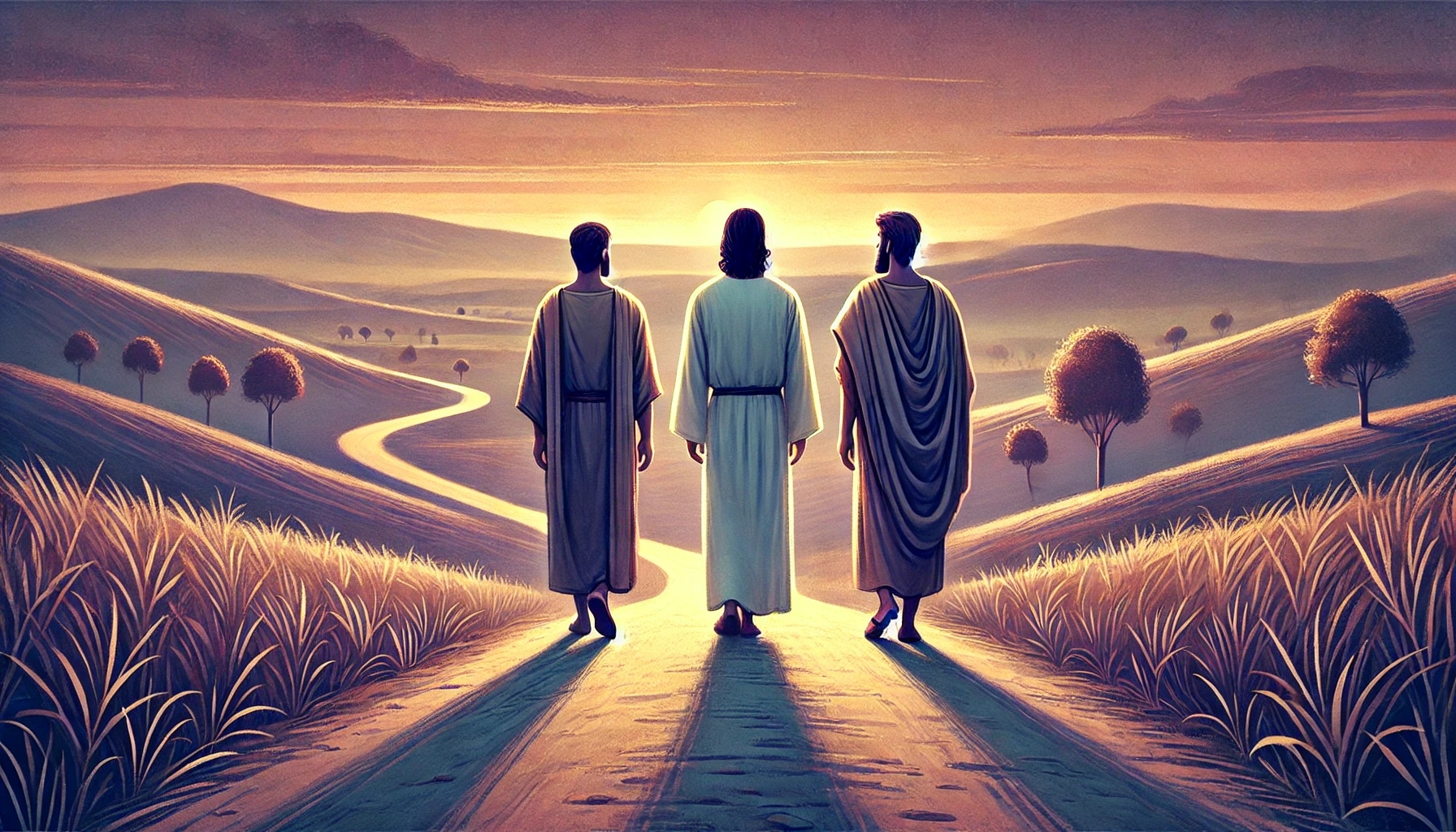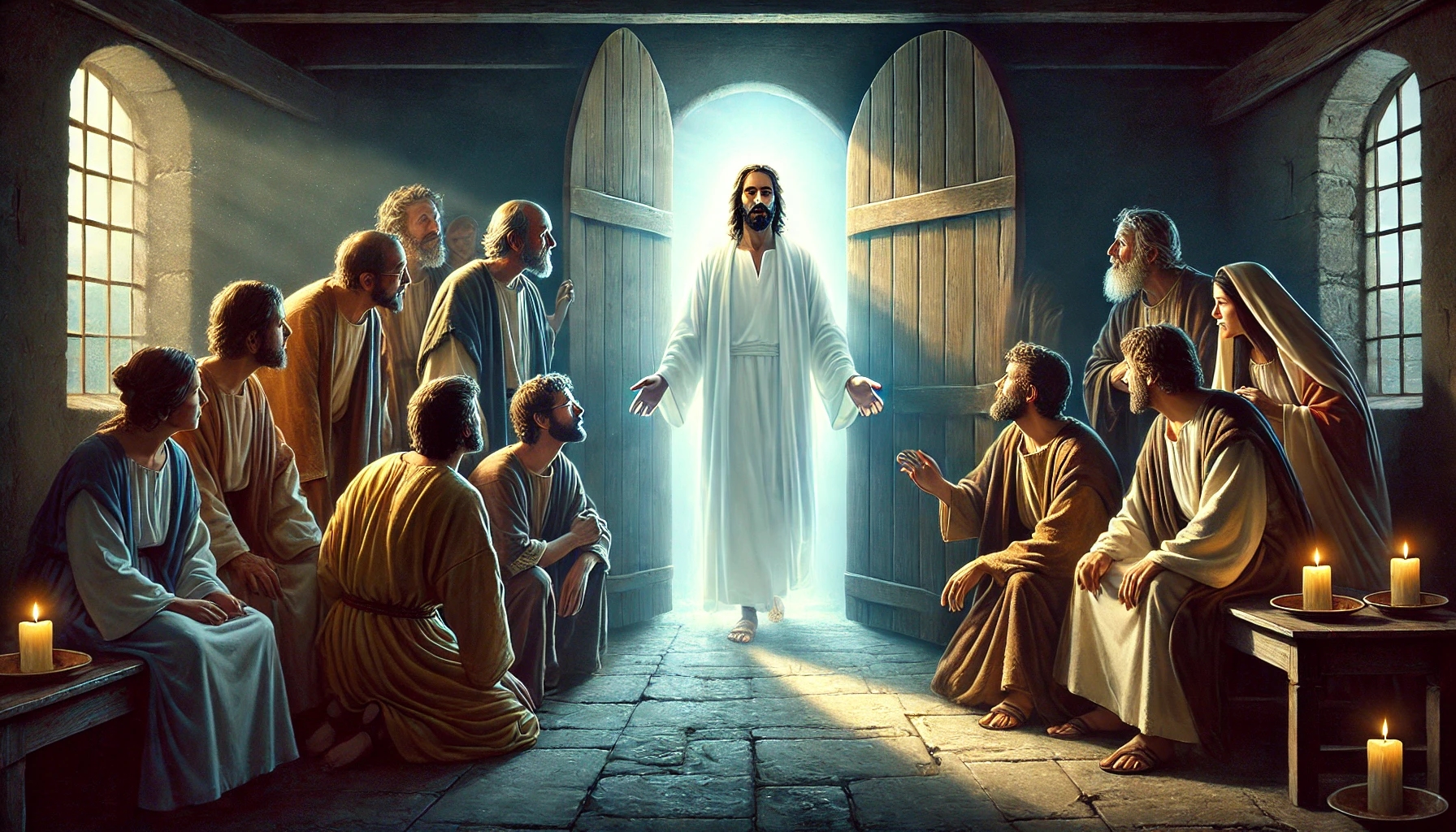
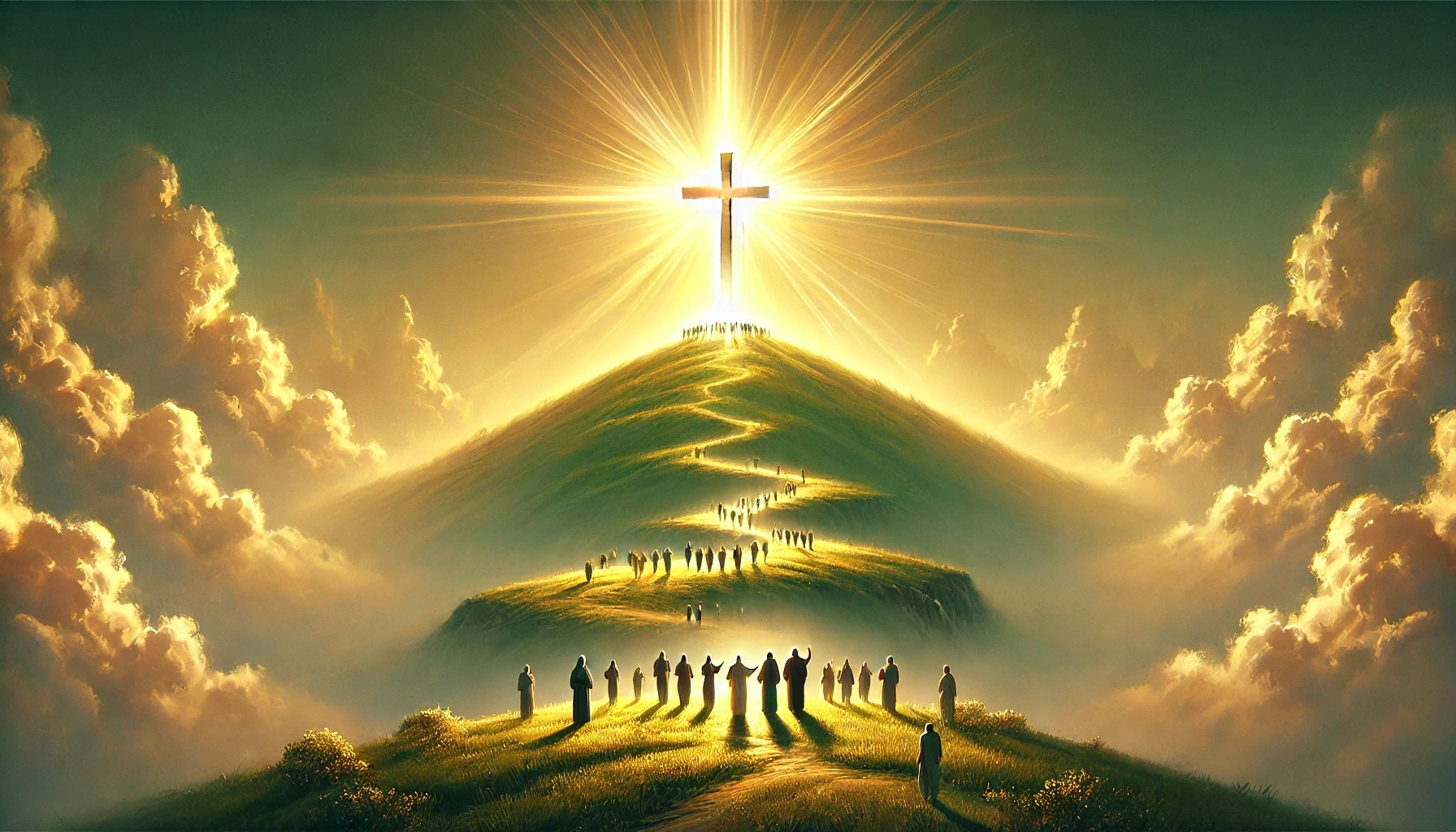
1.6 Summary
The Essence of Divine Love: Faithfulness, Freedom, and Invitation
The first lesson highlights the depth and breadth of God’s immeasurable and unconditional love. This love is the heart of our faith and is evident in all aspects of His actions, regardless of human worthiness or reciprocation.
1.1 Beyond Reasonable Expectations
God’s Love Surpasses All Human Notions
Despite the rebellion of the people of Israel after their liberation from Egypt (e.g., the golden calf), God remains faithful and gracious. He chooses, out of free will, to continue extending love and grace to His people, even when they do not deserve it.
1.2 Unrequited Love
God’s Love Endures Even When Not Reciprocated
God’s love remains steadfast, even when it is not reciprocated. The story of Hosea illustrates God’s unwavering faithfulness, even when His people repeatedly turn away. This love is unconditional, given voluntarily and without coercion. It calls for repentance and demonstrates that God’s love is an invitation to a relationship.
1.3 Unconditionally Granted Love
God Created the World Out of Love, Not Necessity
God did not create the world out of necessity but out of love. Creation is a voluntary expression of His generosity and His desire for fellowship with us. Even after the fall, God upheld creation in His grace and set His plan of reconciliation in motion.
1.4 Many Are Called, But Few Are Chosen
The Parable of the Wedding Banquet (Matthew 22:1–14) Clarifies God’s Invitation
The Parable of the Wedding Banquet illustrates that God’s invitation to fellowship is open to all, but not everyone accepts it. Those who are chosen are those who accept the invitation with an open heart and are willing to be transformed by God. God’s love respects human freedom, and with this freedom comes responsibility.
1.5 Crucified for Us
The Ultimate Devotion: Revealing God’s Love at the Cross
Christ’s sacrifice on the cross is the ultimate expression of God’s undeserved, unconditional love. It shows that His love knows no bounds and that He was willing to pay the highest price to heal the broken relationship between humanity and God. However, this gift requires our free choice to accept it.
Conclusion
God loves unconditionally, regardless of our mistakes, worthiness, or response. His love invites us to accept it, allow it to shape our lives, and reflect it in our relationships. This lesson encourages us to respond to God’s love with gratitude, trust, and dedication.
The lesson “God Loves Unconditionally” is not only a theological truth but also provides us with concrete guidance for our daily lives and faith. God’s love calls us to recognize, accept, and reflect it in our lives.
-
God’s Love Beyond All Expectations (1.1)
-
In Daily Life: We can trust that God’s grace is greater than our mistakes or failures, even in difficult moments. This assurance grants us peace and courage, even in challenging situations.
-
In Faith: It invites us to approach God with an open heart and experience His faithfulness, even when we have disappointed Him.
-
Love That Remains Despite Unfaithfulness (1.2)
-
In Daily Life: God’s example teaches us to practice patience, forgiveness, and mercy in our relationships. We can learn to love others even when they disappoint us.
-
In Faith: His faithfulness inspires us to return to Him and revive our relationship with Him during times of doubt or distance.
-
Unconditional and Voluntary Love (1.3)
-
In Daily Life: Recognizing that our lives are a gift from God allows us to live with gratitude and deeper meaning. We are called to consciously and responsibly shape our lives.
-
In Faith: This truth encourages us to serve God out of gratitude, not out of a sense of duty. It strengthens our trust that we are accepted unconditionally.
-
Freedom to Love (1.4)
-
In Daily Life: God’s invitation to fellowship teaches us to make conscious decisions and live in freedom. Our response to His love should be reflected in a life marked by gratitude, love, and dedication.
-
In Faith: The freedom to reciprocate God’s love reminds us that our faith is a living relationship that we must nurture daily.
-
The Cross as Hope and Devotion (1.5)
-
In Daily Life: Christ’s sacrifice on the cross shows us that no situation is hopeless. We can find comfort and strength in difficult times because God’s love is greater than our suffering.
-
In Faith: It motivates us to live our lives in devotion to God, to serve others, and to act in the power of His love.
Conclusion
The cross is not only a symbol of our redemption but also an invitation to lead our lives daily in the light of God’s love. It reminds us that our relationship with God is based on His voluntary devotion and that we can respond to this love with trust, gratitude, and dedication. In our daily lives, this means living in the power of the cross, finding hope in difficulties, and making God’s love visible in all our actions.


